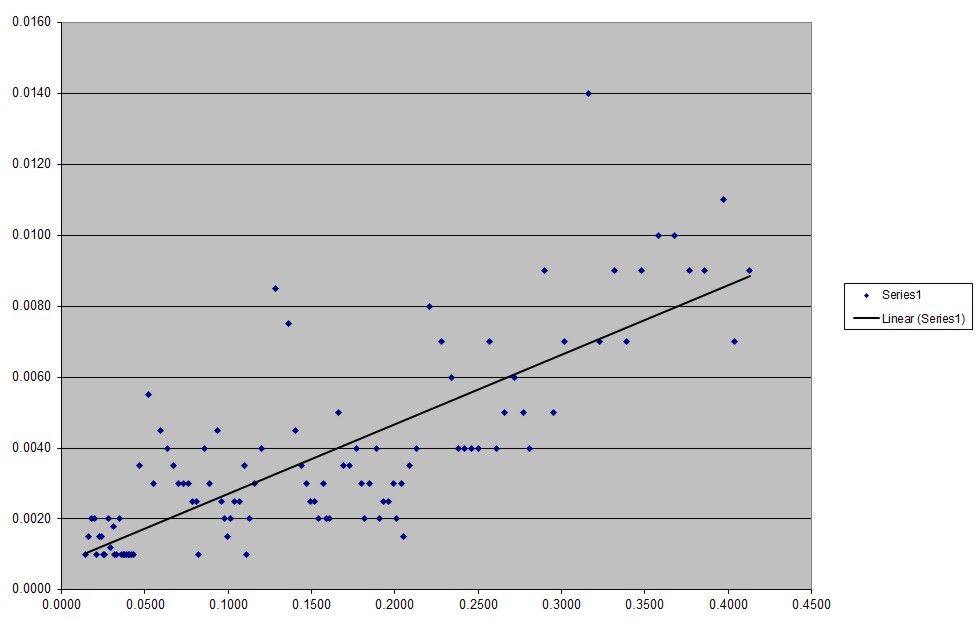A "Can of worms" as described by Brian in a posting above really does seem most appropriate when it comes to wire and other gauges.
However, a US Department of Commerce and Labor publication – Circular of the Bureau of Standards No.31. Copper Wire Tables (1st Edition 1912) contains a "Short history of wire gages" which does offer some insight into the subject. Unfortunately it makes no specific mention of number drills, it does however confirm that the Birmingham Gauge (Stubs Iron Wire Gauge) numbers refer to the number of times the wire was drawn, each subsequent drawing causing a reduction in size. So for example the first drawing is gauge 1, the second gauge 2, etc.
The above mentioned publication also includes a reference to an article published in The Electrical World Vol 10, 1887 by S.S. Wheeler that describes "over 30 gages, 19 of which were wire gages" and has elsewhere been described as "the most complete exposition of the subject yet made". Unfortunately this article must have been of some value to the vandal who removed the relevant pages, 253 to 259, from the copy scanned by Google sometime in the intervening 128 odd years since publication.
In regard to the number drills. Many references state that the Stubs Steel Wire Gauge is the basis of, though not identical to, the numbered twist drills sizes. From a cursory comparison of a few of the number drill sizes in relation to the same number Stubs Steel size, it seems that the number drills are sized between 1 and 3 thou larger than the equivalent numbered Stubs size. So it could be possible that the number drill series were originally intended to provide clearance holes for Stubs Steel Wire Gauge sized material. Naturally the letter/number series sizes now cover a much wider range than the Stubs sizes which would explain why the Stubs is now regarded as only a basis.
Lacking any further information, and not being sufficiently interested in the subject to devote much more time to it, for now I will just amend the the current US-centric Wikipedia entry to more correctly reflect the international nature of the numbered drill series.
Clive
Edited By clivel on 04/08/2015 08:58:54
Graham Meek.







